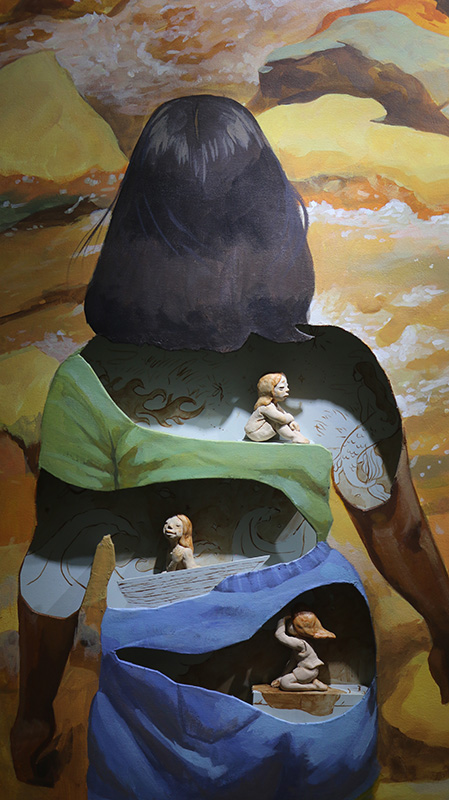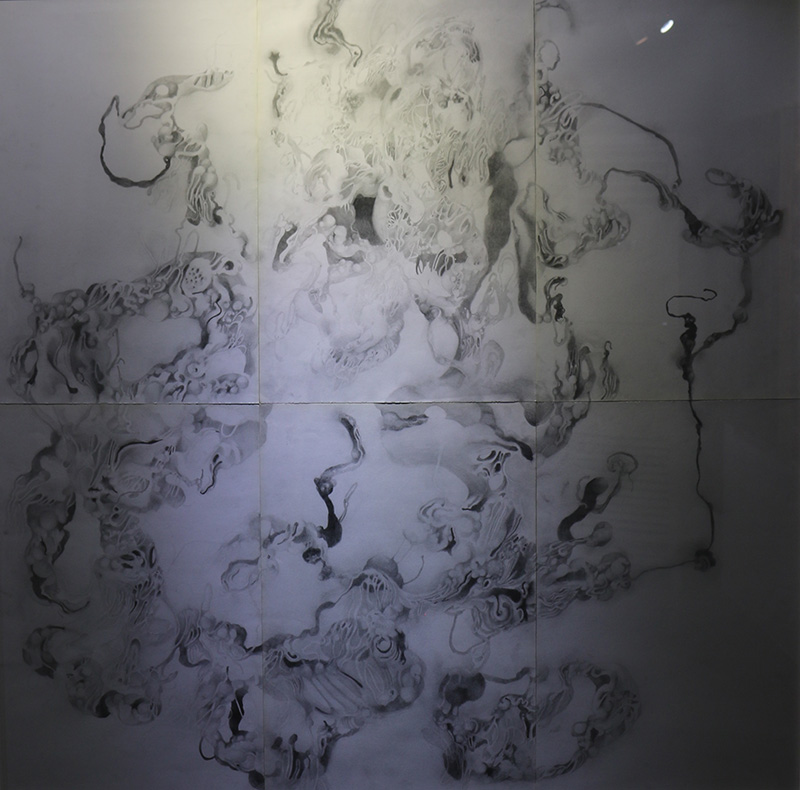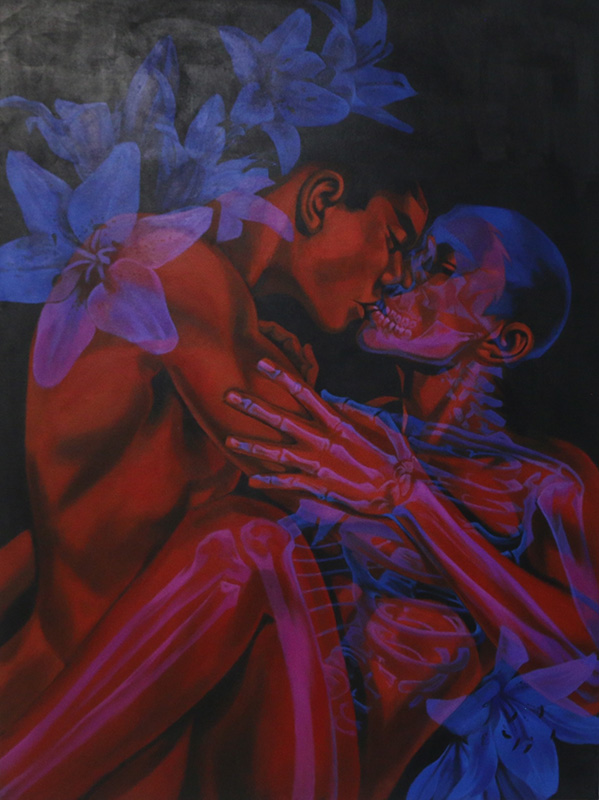
Tubô Cebu Art Fair Supports the 47th National Artist José T. Joya Awards
With contributions from Victoria Anne Tanquerido and Gabriel Emmanuel Solamo
Tubô Cebu Art Fair together with the Ramon Aboitiz Foundation, Inc., co-presented the 47th National Artist José T. Joya Awards last October 27 at the Joya Gallery of the University of the Philippines (UP) Cebu.
The art competition garnered a total of 98 entries, which were meticulously judged by sculptor Anton Quisumbing and educator and visual artist Gabriel Abellana. Among the many impressive artworks, 10 were chosen to form the semifinalists, and then three were revealed as top winners.
Each top placer received a certificate, a medal, and an art supply gift voucher care of Tubô Cebu Art Fair. The third placer went home with a Php 5,000 voucher, the second with Php 10,000, and the first with Php 15,000.
The prizewinners will be the featured artists of the Joya Gallery’s exhibition booth in the next installment of Tubô Cebu Art Fair in 2024, where they will showcase their artworks to the public.
José T. Joya Awards
The José T. Joya Awards is an annual art competition that celebrates the creative talents of the students in the Fine Arts Program of UP Cebu. The competition is named in honor of the late José T. Joya, a distinguished National Artist recognized for his contributions to abstract expressionism in the Philippines.
The essence of this competition is to nurture and further the development of the Fine Arts students and encourage Cebuano representation in art.
Top Winners
In Fleur Therese’s Flow Your Dreams, the artist’s back is seen against the viewer looking onto the horizon. The plywood backdrop is divided into three parts—a bedroom with a looming thought bubble beneath the other parts, which are a wavy sea lit by the stars and the planets, and lastly, a haven for mythical creatures. The three parts are actually inspired by her diary entries from her childhood diaries. The sculptures—made of epoxy clay—each embody how she once had a sense of doubt in herself, how she had a ceaseless sense of wonder, and how she longed to learn of things that would make her special. While the backdrop progresses from bottom to the top, the sculptures are switchable, enticing the viewers to participate and interact with the piece, i.e., her younger self’s introspection about the desire to embark on adventures and discover magical things.
Fleur Therese hails from Consolacion, Cebu. After pursuing a medical course for a few years, she realized she was better off pursuing her passion for art. Her affiliations include Koliktib-Koliktib and Anemonette Collective.
In Gabrielle Seraphine’s Metastasis of Thought, the artist allows unbridled thought to direct line and form in the process of creation. Without definite intent, the drawing grows and expands as the artist thinks. The result is a biomorphic abstract mass that is as intricate and as complicated as a mind bogged by unrelenting thoughts. The artist’s obsessive attention to detail reflects a personal struggle to overcome persistent worries and ruminations about her existence. When viewed from a distance, the six sheets of paper blend seamlessly into one another, giving emphasis to the drawing alone.
Gabrielle Seraphine is a visual artist. With her love for exploring different media, she works with animation, graphic design, digital art, and traditional media. However, her main interests lie in traditional painting and drawing, specifically oil and graphite. Her work focuses primarily on the human condition—drawing on existential themes from experience. At present, she is focused on developing graphite drawing as a medium for personal contemplation.
In Edward John’s Vampire, he takes the Samoiloff Effect to a phantasmic marvel that connotes meanings in each layer of colors. The piece is an artistic expression of one’s sexuality, specifically the aversion towards lovemaking. At first glance, the viewers can see the passion between two lovers, and quite curiously, translucent silhouettes of lilies and skeleton bones. However, its beauty can only be perceived using special colored lenses that block out certain colors.
Red lenses will show the two lovers in passion and will hide the phantasmic silhouettes. Green lenses will allow the lilies and the skeletons to surface, but the lovers can still be perceived. Finally, blue lenses will block out all the other colors and only the skeleton bones and lilies—both of which signify death—can be seen. Ultimately, the message gradually becomes clearer.
In his work, Edward John proves that art is a layer of meanings stacked on top of one another, and it takes the right lenses to see each truth.
Edward John is originally from Polomolok, South Cotabato, but moved to Cebu City for his tertiary education.



